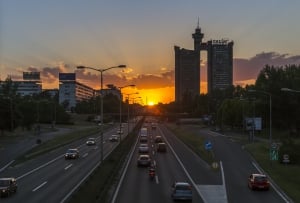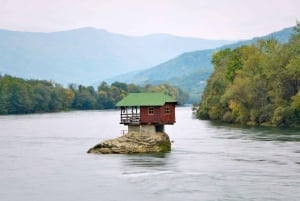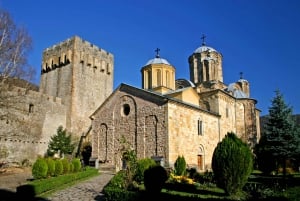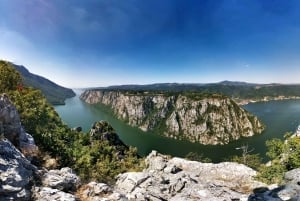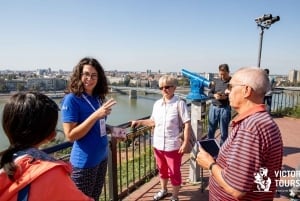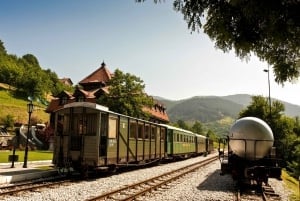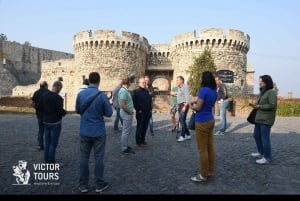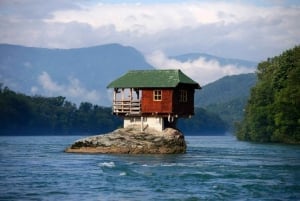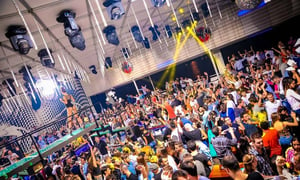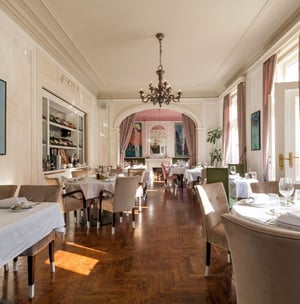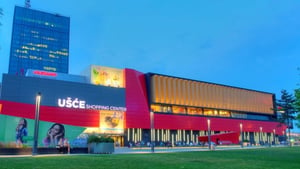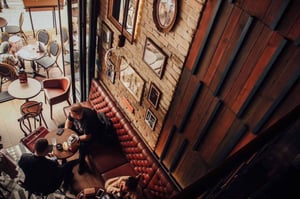New Belgrade
New Belgrade is definitely the youngest urban entity in Serbia, the largest municipality and is one of the rare municipalities that can boast of being created by - free and volunteer work. Through the Front brigades and Youth Working Brigades, about 200 000 of its builders passed: high school students, students, workers and engineers from all over the former Yugoslavia.
In addition to Bežanija, its western part, New Belgrade was built on a surface that was basically a swamp when the construction of a new city began in 1948. For years, and from the Danube Small War Island has been brought to New Belgrade, until it has left a small, narrow forested belt of soil that exists today. The municipality of Novi Beograd occupies an area of 40.74 km². The main physical feature of New Belgrade is its flat terrain, which represents a great contrast to the old part of Belgrade, which was built on 32 hills.
In New Belgrade, there are several primary, secondary and high schools, as well as Student City, a complex of buildings that make up the largest home of students of the University of Belgrade.
New Belgrade is divided into blocks according to plans. There are currently 72 blocks (with several subblocks like Block 70a).
New Belgrade has two of the highest buildings in Serbia. These are the Business Centre Ušće (141 m.) and the Western Gate of Belgrade (115 m.)
Cultural Institutions and Sports Centres located in New Belgrade: New Belgrade Cultural Network, Small Theatre Duško Radović, Sava Centar, Museum of Contemporary Art, Historical Archives of Belgrade, Student's City Cultural Centre, Student’s cultural centre-Novi Beograd; Sports centre Novi Beograd, Arena, Sport centre Vizura.


